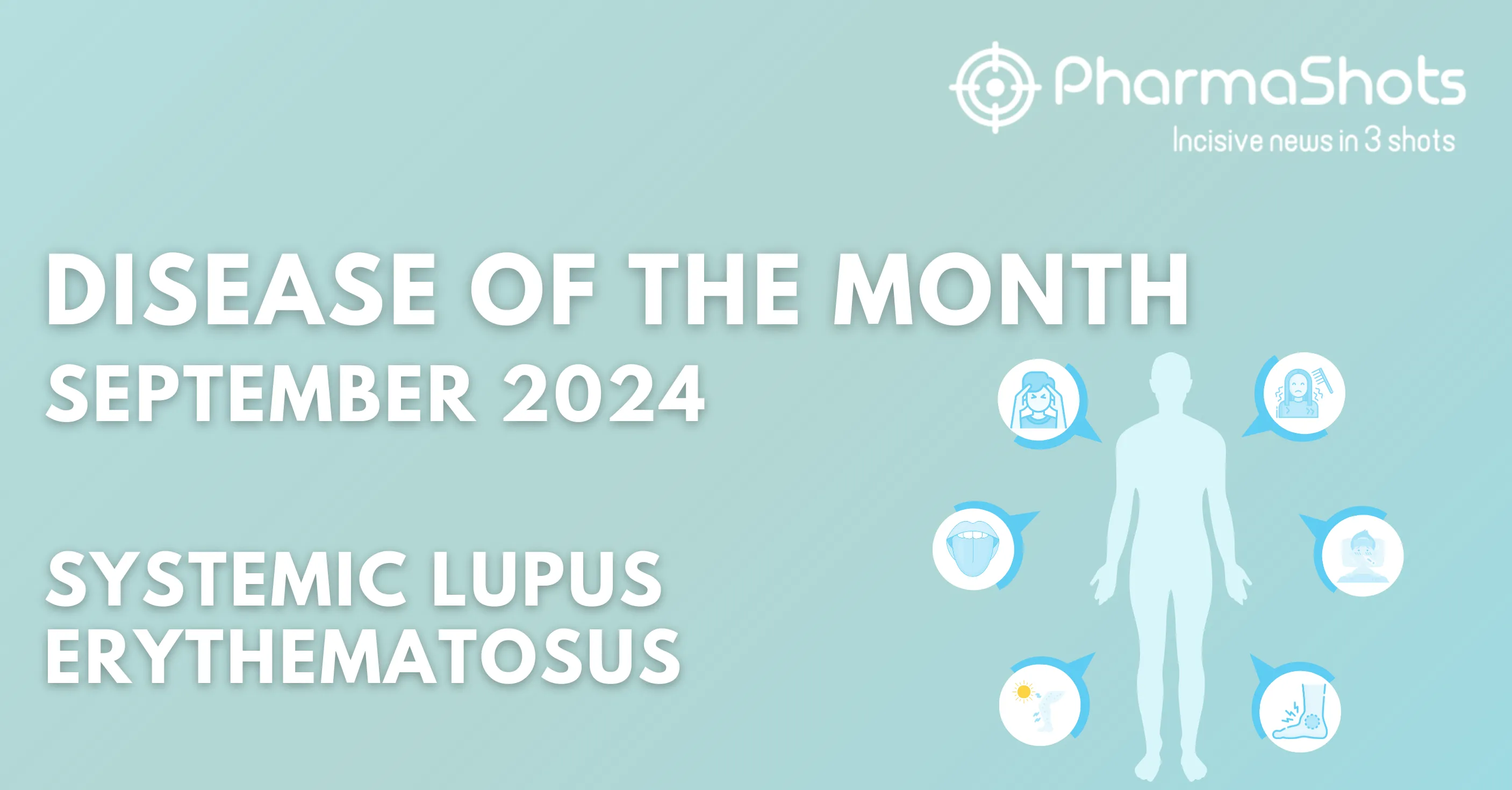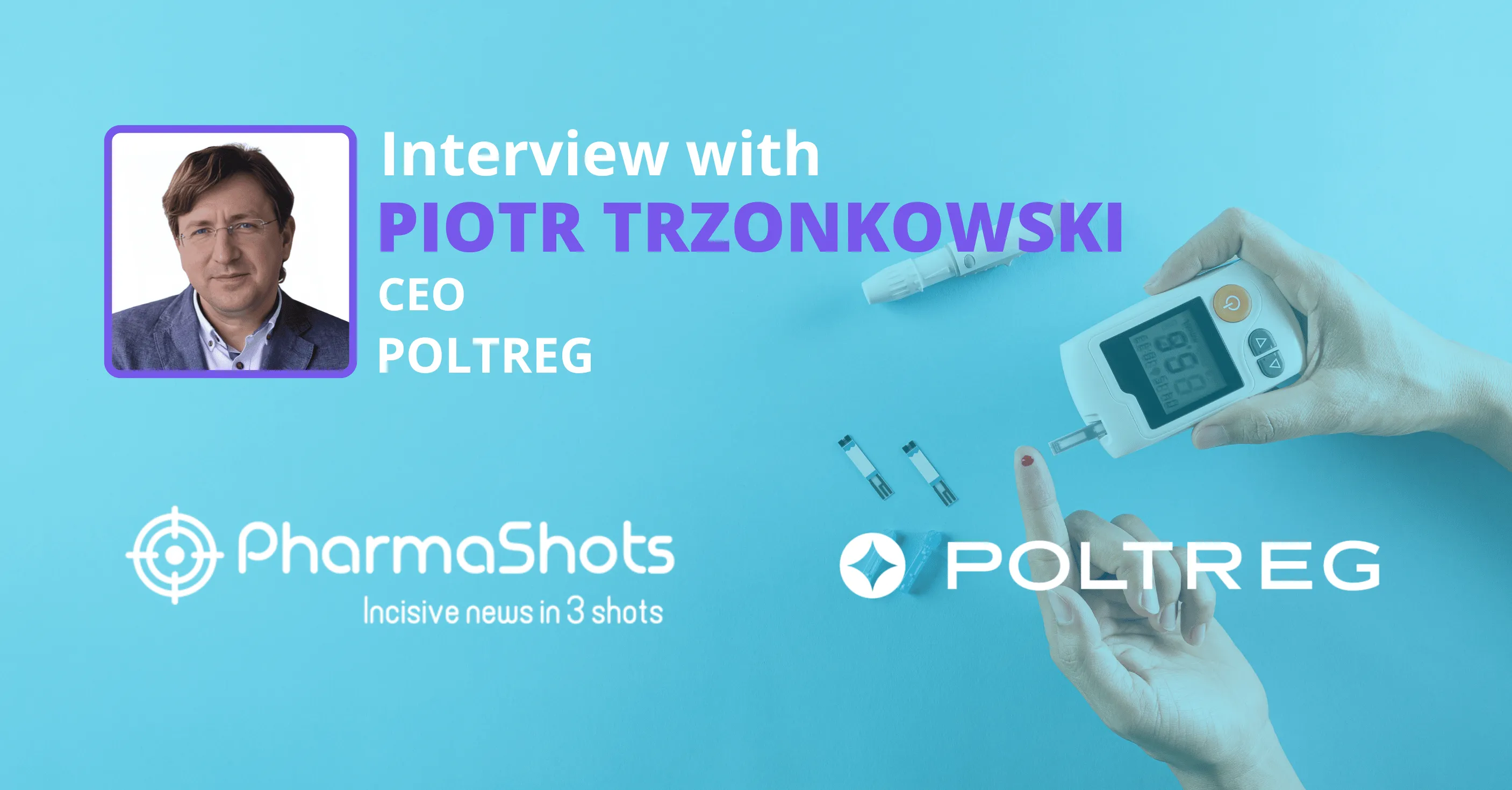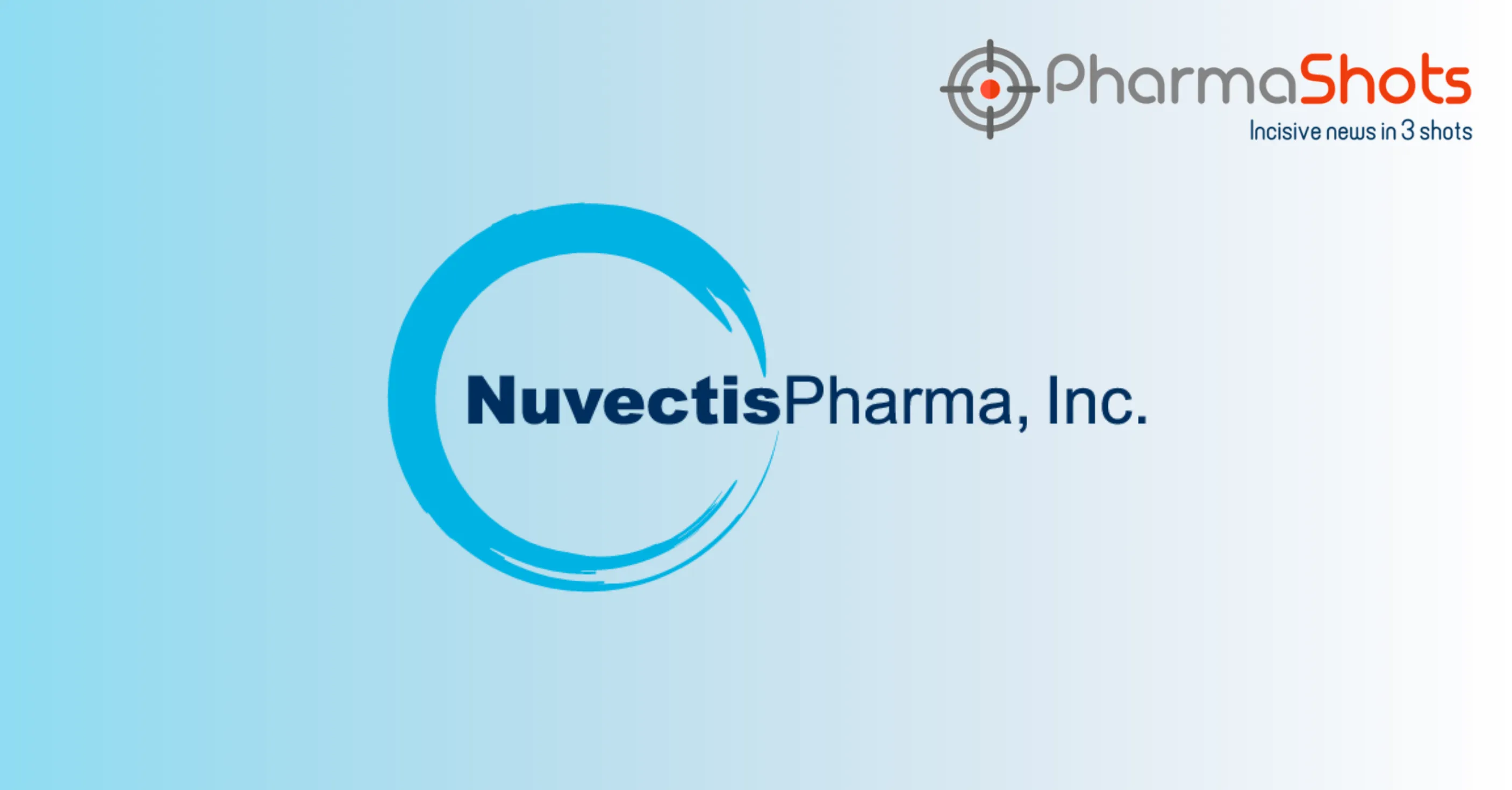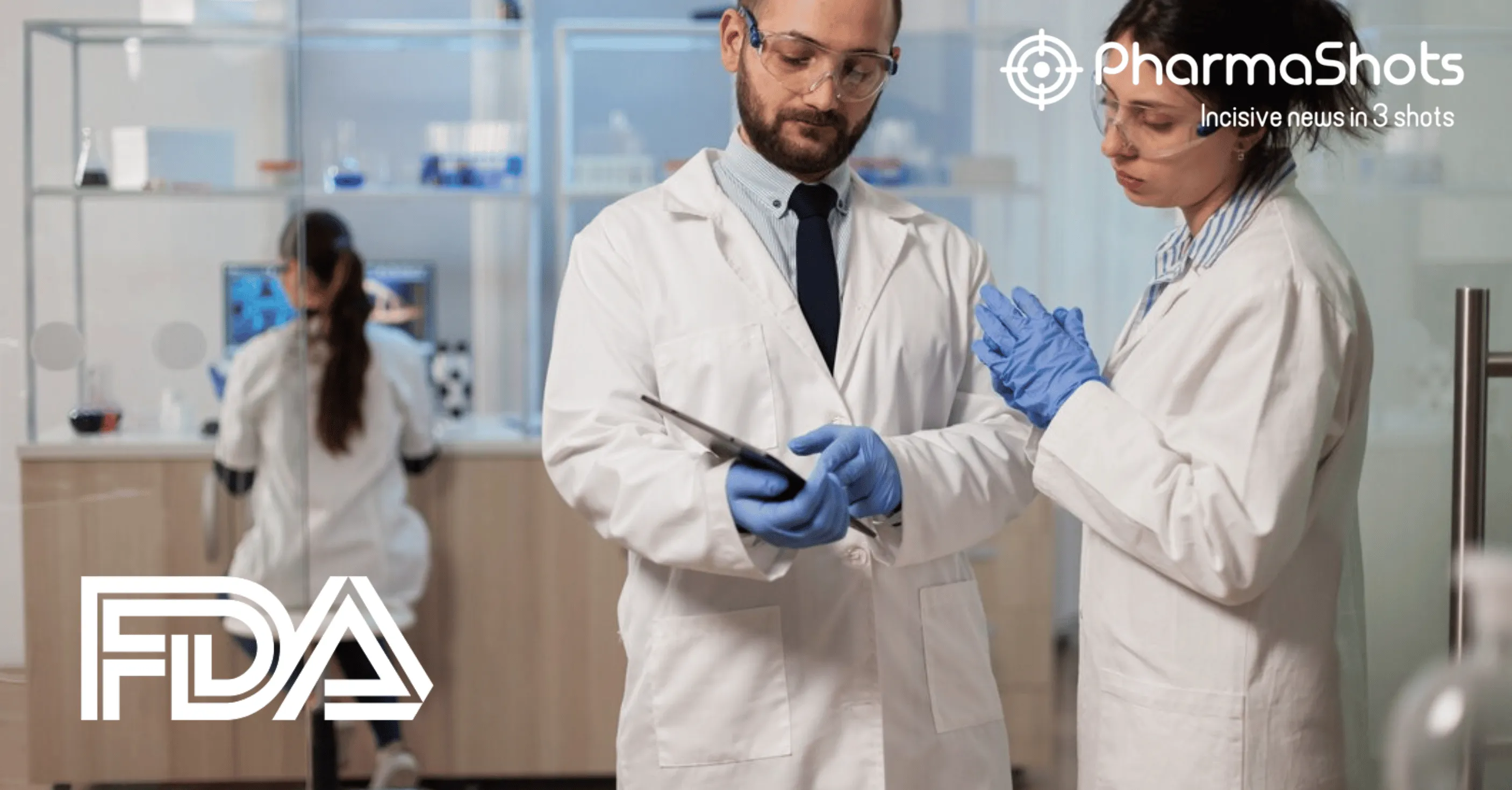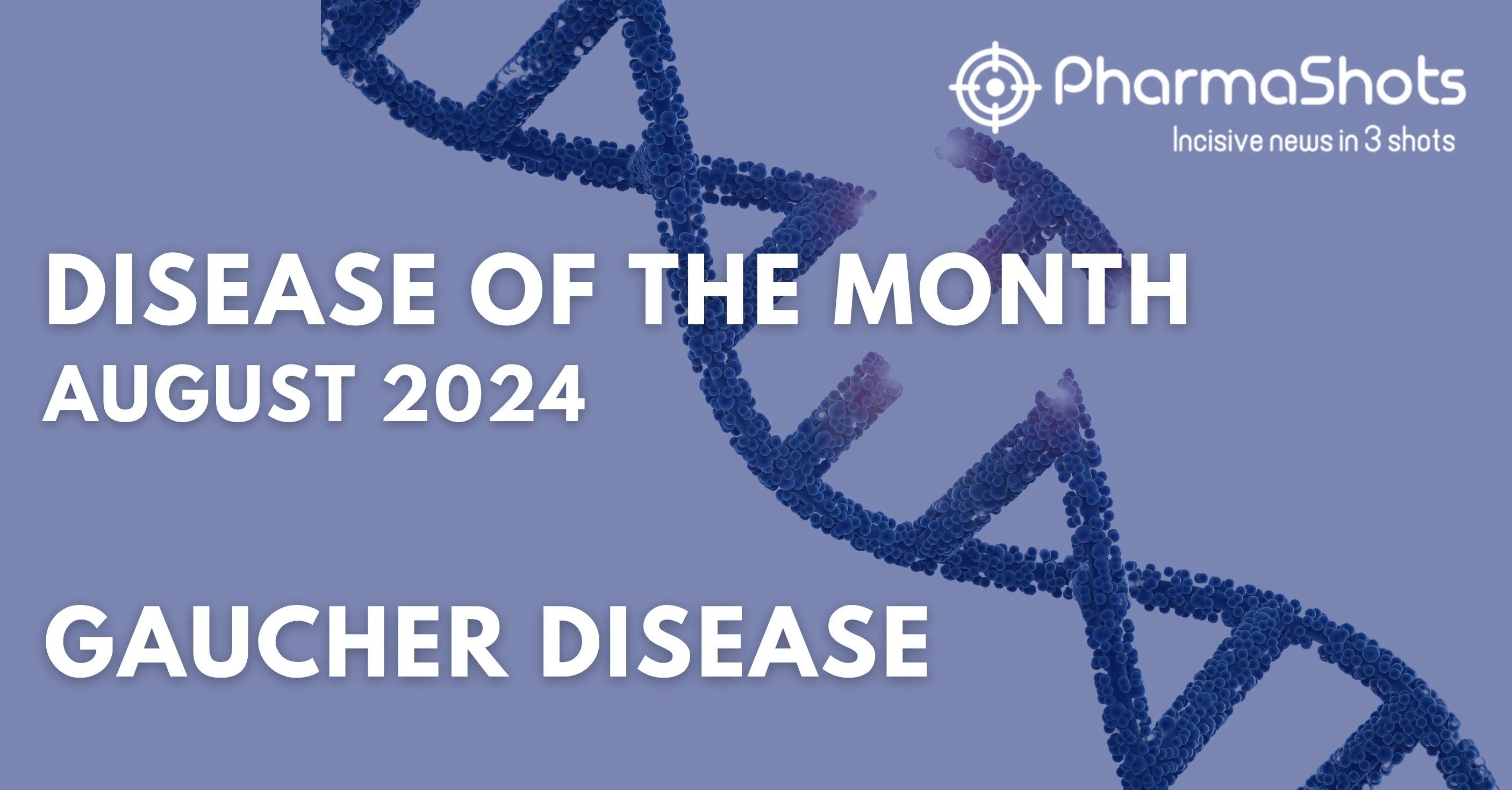
Advances in Reproductive Medicine: How Technology is Shaping Donor Selection
Each year, one in six couples struggle with infertility. The field of reproductive medicine has seen a great change in the past several years, with technology playing an important role. One notable development is how we choose donors, which has become more complex due to technological advancements.
The process, from conception until birth, contains many steps, and each step benefits from these technological advances. In this article, we'll examine how technology is transforming the process of choosing sperm donors, highlighting key advancements and their impact on donors and recipients.
Comprehensive Donor Profiles: A New Era of Transparency
One of the major advancements in fertility treatment is the creation of comprehensive donor profiles. Sperm banks today allow couples to view detailed profiles of potential sperm donors on their websites, providing a level of clarity that was previously unavailable. They showcase sperm donors with pictures, as well as their age, physical characteristics, educational background, and even personal strengths and weaknesses.
Including donor photos is particularly impactful, as it provides a visual connection that helps future parents envision the genetic traits that might be passed on to their children. Detailed descriptions of a donor's academic achievements and personal traits offer insight into their overall health and personality.
All of these details help couples make better decisions, making sure they pick the donor who aligns with their personal values and inclinations. This kind of openness develops trust in the process of choosing a donor and increases chances for a beneficial result that satisfies everyone.
Genetic Screening and Health Assessments: Ensuring Optimal Outcomes
Genetic screening technology has significantly transformed donor selection, allowing for a comprehensive assessment of their health. Reproductive clinics nowadays use top-notch genetic tests to examine sperm donors for many kinds of inherited illnesses and conditions. This screening detects carriers of genetic diseases and ensures that harmful mutations are absent in the donor's genes.
These health check-ups also include tests of the donor's overall well-being, covering analyses of sperm quality and complete reproductive health. By bringing these improved screenings into the process of choosing a donor, clinics can present better-quality sperm and reduce the chances for inherited conditions to be transmitted to offspring. This advancement in technology gives potential parents peace of mind, knowing they can make decisions that put first the well-being and soundness of their future child's life.
Artificial Intelligence in Matching Algorithms: Personalized Recommendations
Artificial intelligence (AI) has brought great change in the area of reproductive medicine, especially in the donor selection process. AI-backed matching methods are important in helping couples select the most suitable sperm donors based on their specific criteria and preferences.
These programs study data, such as genetic details, personal likes and dislikes, and health records to provide custom suggestions for future parents. Using machine learning and studying data, AI can see trends that human examiners may not notice. It leads to a more specific and suitable matching, increasing the chances that the selected donor will fulfill the couple's hopes and needs.
Virtual Reality and Simulations: Envisioning the Future
Virtual reality (VR) and simulation technologies are beginning to influence reproductive medicine, offering new ways for couples to visualize potential outcomes and make informed decisions. Even though they are still developing, these technologies possess significant potential for improving the process of choosing donors.
For example, VR simulations enable prospective parents to explore interactive scenarios that help them understand how genetic traits might manifest in their future child. This might cover visualizing possible physical characteristics, health results, or even personality attributes taken from the donor's profile. These engaging experiences provide a clearer sense of what the future might hold, assisting couples to make more informed decisions about their choice of donor.
Moreover, VR and simulation technologies can help in education by providing virtual tours of donor facilities. It also allows for interactive discussions with fertility specialists and thorough clarifications about the donation procedure. Such tools improve clarity, as well as give a more profound comprehension of the intricacies associated with choosing a donor.
Bottom Line
Advanced technologies have been integrated into reproductive medicine, leading to a big change in the donor selection process. This provides better clarity, accuracy, and personalization. Detailed donor profiles, genetic tests, AI-based matching methods, and developing VR simulations, are all helping make the selection process smoother for those wanting to become parents. Even so, ethical issues and concerns about data privacy mustn't be ignored while these technologies progress; this will ensure responsible use of innovations.
As we progress, the ongoing development of technology assures more significant improvements in reproductive medicine. This will further improve how donors are chosen and enhance the overall experience for everyone participating. By embracing these advancements while maintaining ethical practices, reproductive medicine holds a promising future, potentially leading to healthier and more personalized outcomes for families worldwide.
Related Post: How Innovative Public Relation Solutions Shape the Biopharma Industry?
Tags

Igor Zagradanin is a content marketing expert with a proven track record of helping businesses by adding value to their brands, and content marketing strategies, as well as educating and connecting with their audiences on a personal level.




